
Common Baby Diaper Rashes
The most important matter that every parent should have knowledge about is common baby diaper rashes. This is the problem every mother faces with their newborns and infants at some point of their lives. So every parent needs to be educated on such a critical issue.
Diaper rashes are one of the most common problems that infants suffer, and it’s easy to see why: baby excrement is soft and sticky, and it comes into direct contact with the skin.
However, there are a number of other things that might cause diaper rash. Understanding the many reasons, as well as the appropriate remedies for each, will aid parents in combating this prevalent ailment.
1. Poop Diapers Cause Rashes
Digestive enzymes are found in traces in faeces, which are useful for food digestion but it also breaks down the skin. When your child has diarrhea, a red, splotchy skin diaper rash is usual. Frequent runny stools coats and breaks down the skin. To cure this type of rash, we have a clever method.
Cure for poop rashes
Certain enzymes need an acidic environment to work, which baby faeces provides. When a moisturizer and an antacid are mixed one to one, it’s quite effective. The emollient moisturizer, soothes, and coats the area, while the antacid prevents digestive enzymes from working. Unfortunately, combining these medications can be difficult, but your local pharmacist has the expertise to do it correctly.
2. Contact Dermatitis
Reusable diapers, detergent, washing soap (if you’re using cloth diapers), and a variety of emollients, some of which have pleasant scents. Compounds in these products might result in irritation or cause the immunological system to respond, resulting in a rash with a similar appearance. These rashes are grouped together as contact dermatitis.
Cure for Contact Dermatitis
A thick coat of zinc-oxide-containing common baby diaper rash lotion and twice-daily hydrocortisone lotion (a steroid) can help soothe the rash. apply it generously so the skin is not exposed to any feces. The goal is to erect a barrier. The harmful substances will then come into contact with the ointment rather than the skin.
2. Growth of Bacteria
Bacteria grows on everyone’s skin, as you’ve probably heard. This is a fairly normal occurrence. In contrast, babies have fewer of these bacteria. This makes room for other species, such as yeast, to grow (or fungus).
Candida albicans is a species of yeast that can be found in many places. The same bacteria causes vaginal thrush in the mouth and cradle cap on the scalp. This commonly appears as irritation in the skin folds, surrounded by little red dots known as satellite lesions, in the diaper area.
Cure for Growth of Bacteria
This ailment necessitates the use of an antifungal lotion. It’s critical to appropriately diagnose a C. Albicans rash because using hydrocortisone without an antifungal can make the rash much worse. Always see your baby’s doctor if you’re unsure about the type of rash that’s present.
4. Invasion of Bacteria
Do you remember the common bacterium that everyone has on their skin? They’re acceptable as long as they remain on the surface. Bacteria can enter the skin and cause infections such as impetigo, cellulitis, and abscess when the skin is damaged by contact dermatitis or a yeast diaper rash.
Cure for Invading Bacteria
Topical or oral antibiotics are used to treat such allergies. Inflammation, rigidity, drainage, and scabbing are common features of these rashes, which are frequently bright red and sensitive. If you suspect a bacterial skin infection in your child, contact his or her doctor straight once.
5. Yeast Diaper Rash
Another common cause of diaper rash is a yeast infection, which is caused by an overabundance of a type of fungal infection that occurs naturally in the digestive tract. The rash is caused by a yeast infection if it has brilliant, vibrant bright red regions with strong borders.
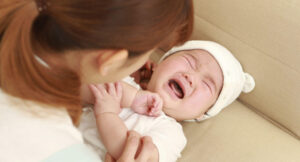
This rash may have little pink lumps or pimples. In severe situations, blisters or cracked skin that oozes or bleeds may appear. Unlike an irritant diaper rash, a yeast diaper rash is usually worse in the groyne creases.
Cure for Yeast Diaper Rash
You may have plenty of lotions and ointments on hand to treat a common diaper rash, but yeast diaper rash cure necessitates something more. Regular diaper rash creams won’t clear a yeast diaper rash since you need to eradicate the fungus. Call your pediatrician if your baby’s rash is really severe or your usual diaper rash creams aren’t helping.
They’ll want you to bring your infant in so they can examine his or her skin and confirm the diagnosis. If your child develops yeast diaper rash, your paediatrician would most likely prescribe an antifungal ointment like nystatin or clotrimazole, according to Posner. Clotrimazole is accessible both over-the-counter and by prescription. Nystatin is only available via prescription.
6. Allergic Reaction
In babies with sensitive skin, a chemical found in diapers, wipes, and/or creams may cause an allergic reaction. Allergies to diaper dyes or elastics, as well as smells or chemicals in diaper wipes or creams, are prevalent. A rash that occurs after each interaction with the drug, as well as dermatitis that appears everywhere the product is used, are both symptoms of an allergy. Changing brands or material types for two weeks might sometimes assist you in figuring it out.
Cure for Allergic Reaction
Allowing your kid some diaper-free time several times a day, every day, helps the skin breathe, dry out present rashes, and avoid future aggravation. If you’re concerned about spills, throw down a towel or place your baby on a dry-wipe mat first. Even if your infant is sleeping, you can remove his or her diaper. The less time you spend changing diapers, the better!
Conclusion
Common baby diaper rashes can be utilized in the treatment of treatments, but keeping your baby clean and dry is essential for preventing diaper rash. It’s no surprise that diaper rash is caused by dampness, but when you add in delicate skin and chafing from your baby’s frequent wiggling, discomfort is inevitable!
Diaper rashes can take many different shapes, so don’t be frightened if your baby’s bottom becomes sensitive. To successfully treat your child’s diaper rash, you must first determine the type of rash he or she has.

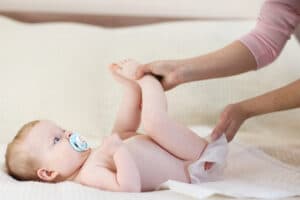
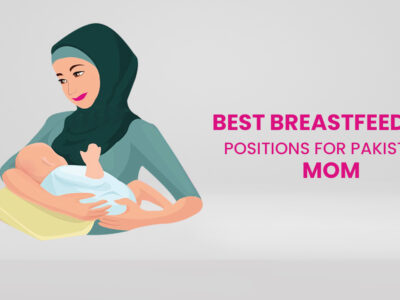
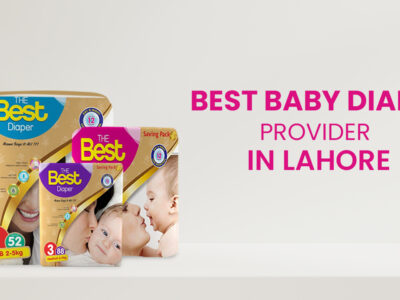
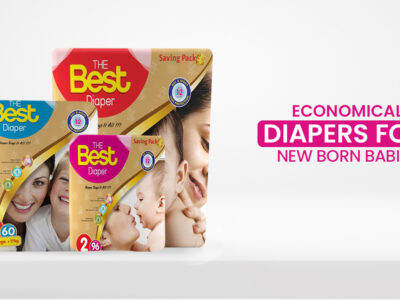
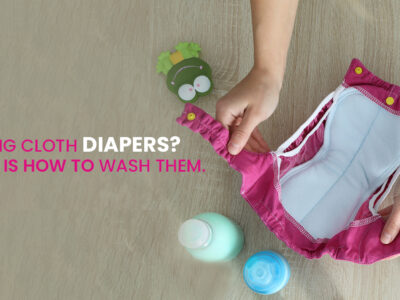



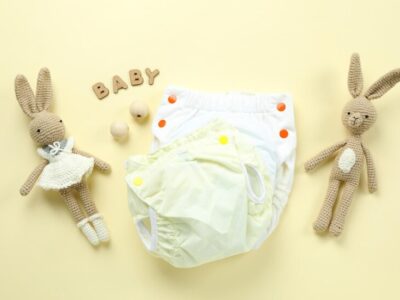
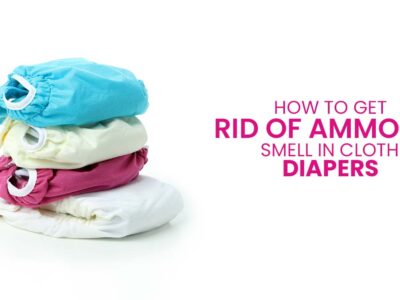
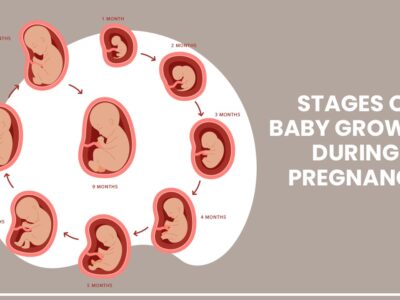
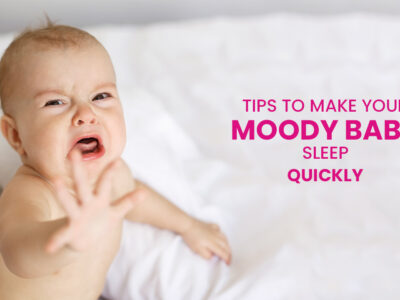
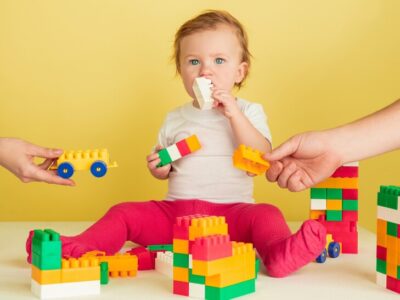

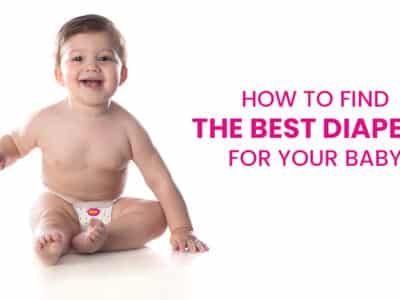
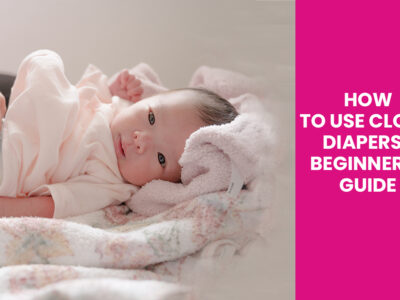
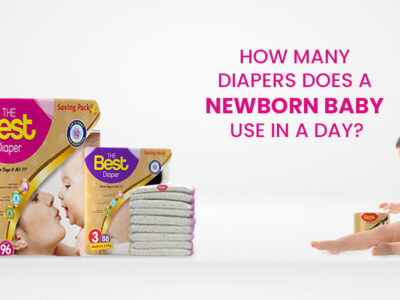
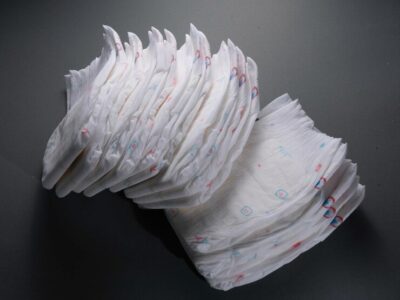
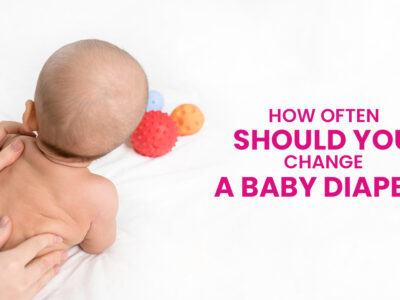

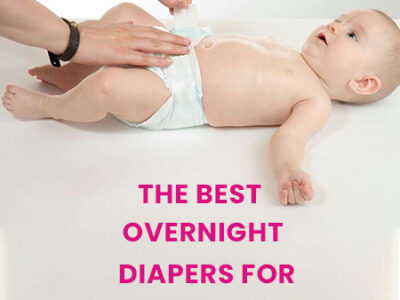

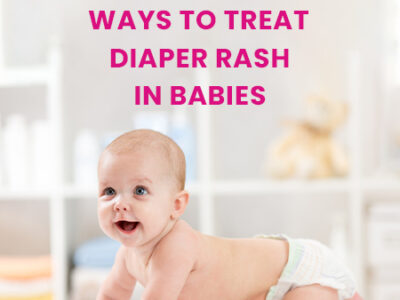
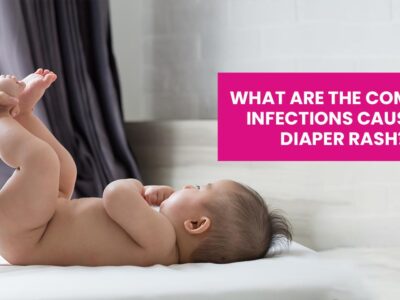
 Common Diaper Rash Problems And How To Manage Them
Common Diaper Rash Problems And How To Manage Them